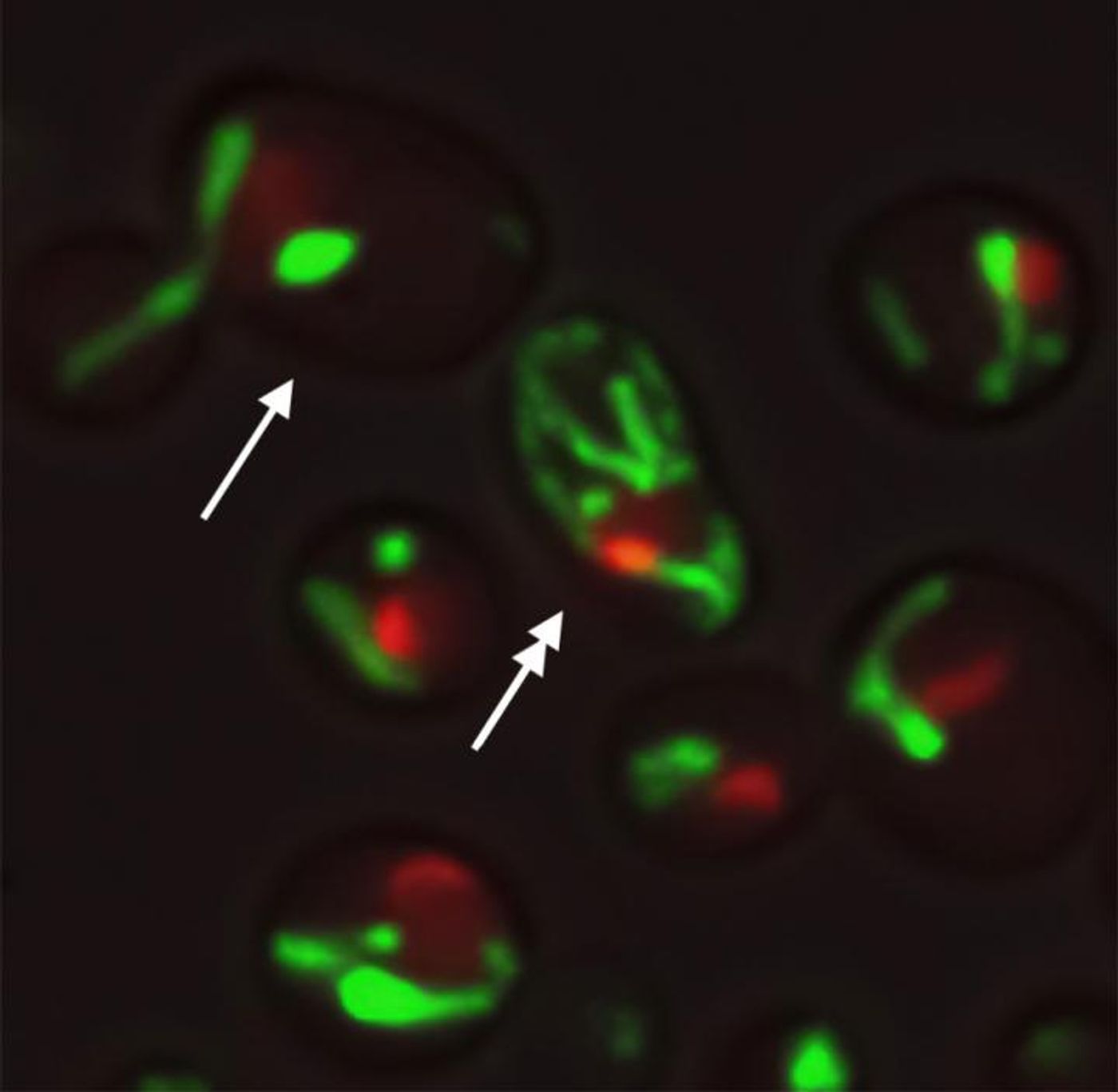Researchers ID New Aging Pathways & Potential Ways to Alter Them
The length of a person's life can be affected by many factors, but the natural lifespan is dependent on how the cells in our body age. Researchers are learning more about the biological processes that underlie aging. Reporting in Science, investigators have used a common model of molecular biology, the budding yeast Saccharomyces cerevisiae to identify two pathways that are connected to aging. Their work suggested that by genetically altering these pathways, lifespan could potentially be extended.
In this work, the researchers learned that even though yeast cells had a similar genetic background and lived in the same environment, they aged in dramatically different ways at the molecular and cellular level. The scientists determined that around half of the cells under investigation were aging because of a slow breakdown in the stability of the nucleolus. The nucleolus is an organelle in the cell where important parts of the cell's protein factories are created. Aging in the other half of the cells was related to dysfunction in another organelle called the mitochondria, known as the powerhouse of the cell.
"To understand how cells make these decisions, we identified the molecular processes underlying each aging route and the connections among them, revealing a molecular circuit that controls cell aging, analogous to electric circuits that control home appliances," said the senior author of the study Nan Hao, an associate professor in the Section of Molecular Biology, Division of Biological Sciences.
The research suggested that early on in a cell's life, it sets out on a nucleolar or mitochondrial course, which it follows throughout its life and into death. A master genetic circuit was identified that controls these processes.
The scientists used a combination of techniques including microfluidics and computational tools, which showed that the genetic circuit can be manipulated. It may be possible to set an entirely new course for aging and dramatically alter the results.
"Our study raises the possibility of rationally designing gene or chemical-based therapies to reprogram how human cells age, with a goal of effectively delaying human aging and extending human healthspan," said Hao.
The scientists are planning to test their findings in more complex models, potentially including organisms and human cells. They may be able to generate new ways to alter the pathways of aging and extend longevity.
"Much of the work featured in this paper benefits from a strong interdisciplinary team that was assembled," said study coauthor Lorraine Pillus, Biological Sciences Professor of Molecular Biology. "One great aspect of the team is that we not only do the modeling but we then do the experimentation to determine whether the model is correct or not. These iterative processes are critical for the work that we are doing."
Sources: AAAS/Eurekalert! via University of California - San Diego, Science









